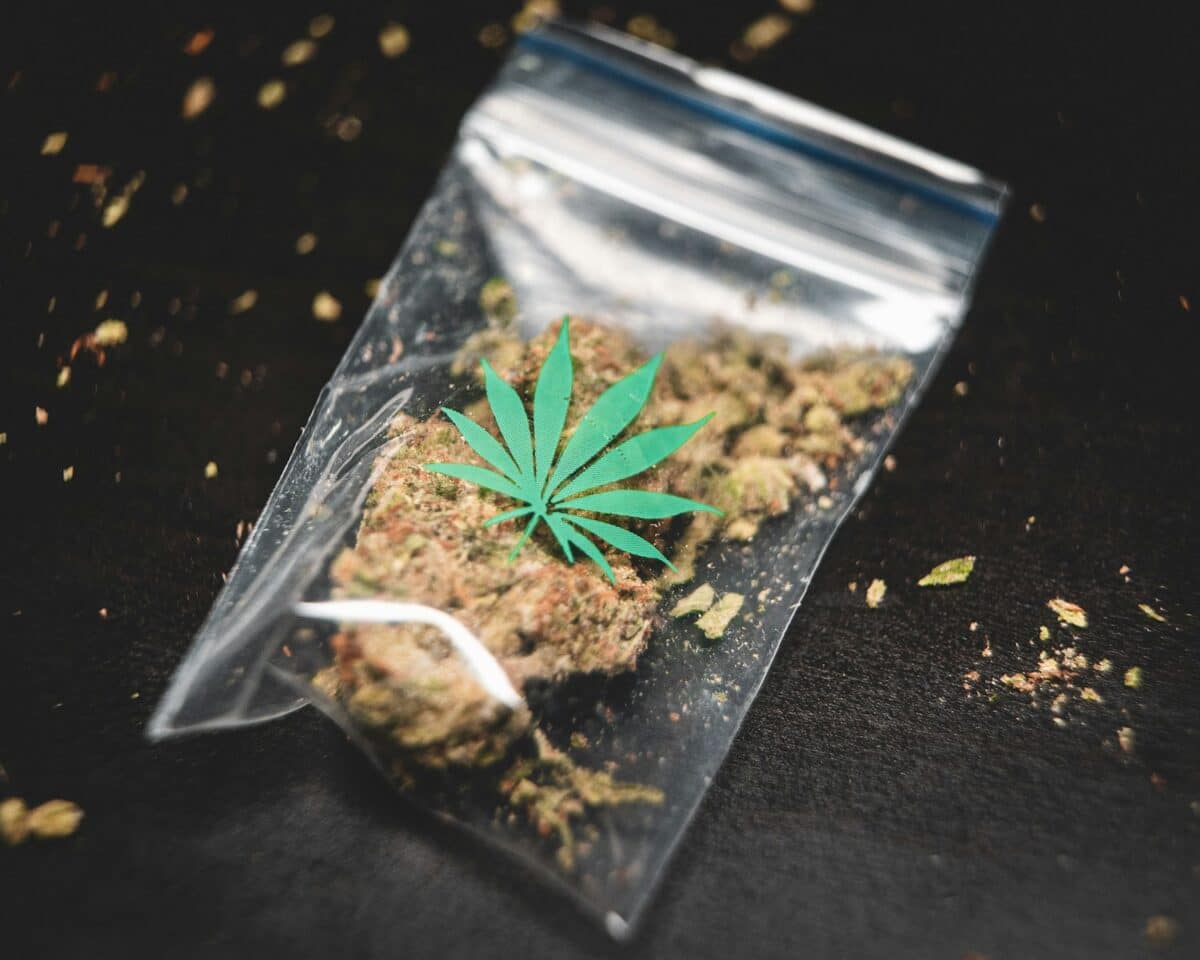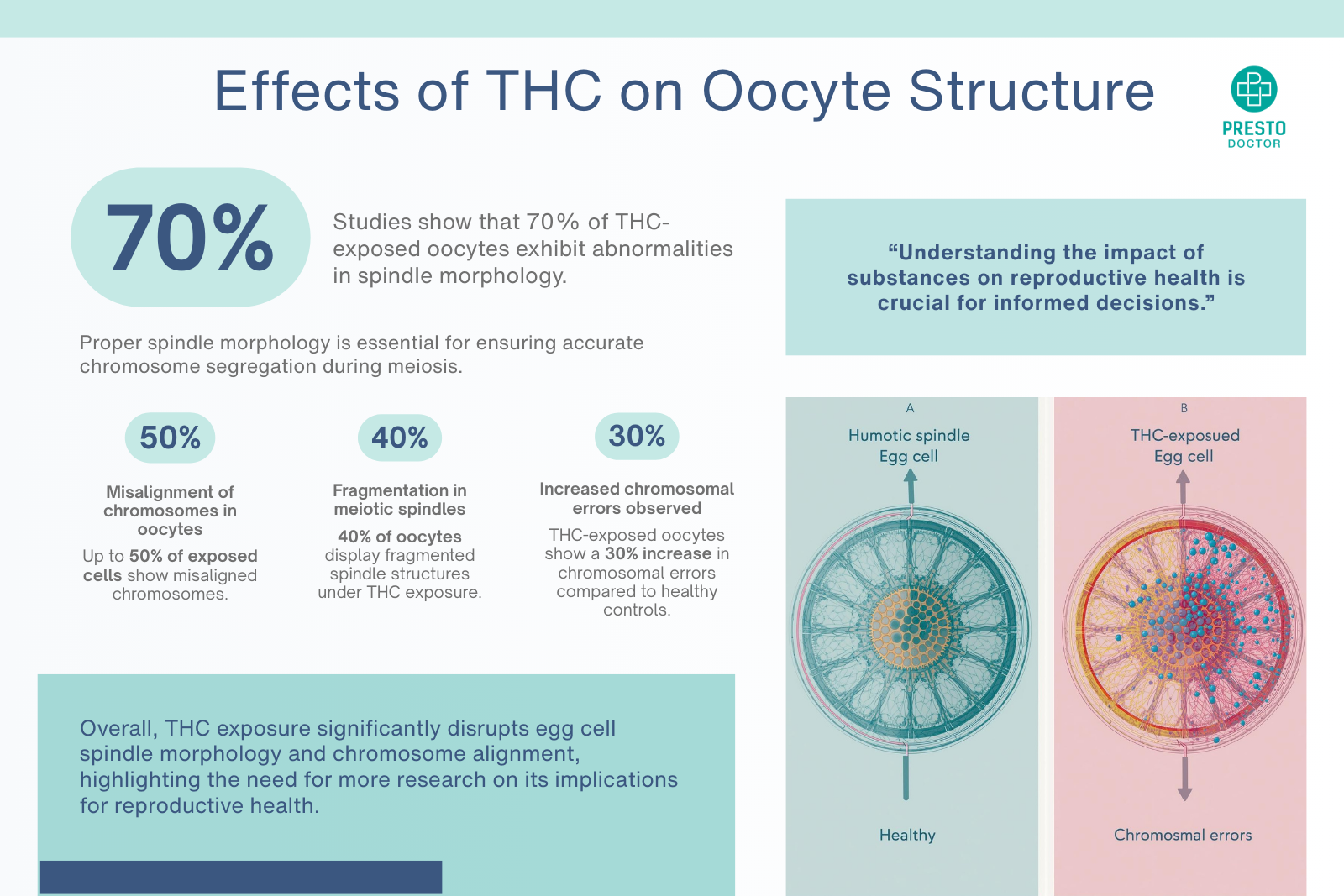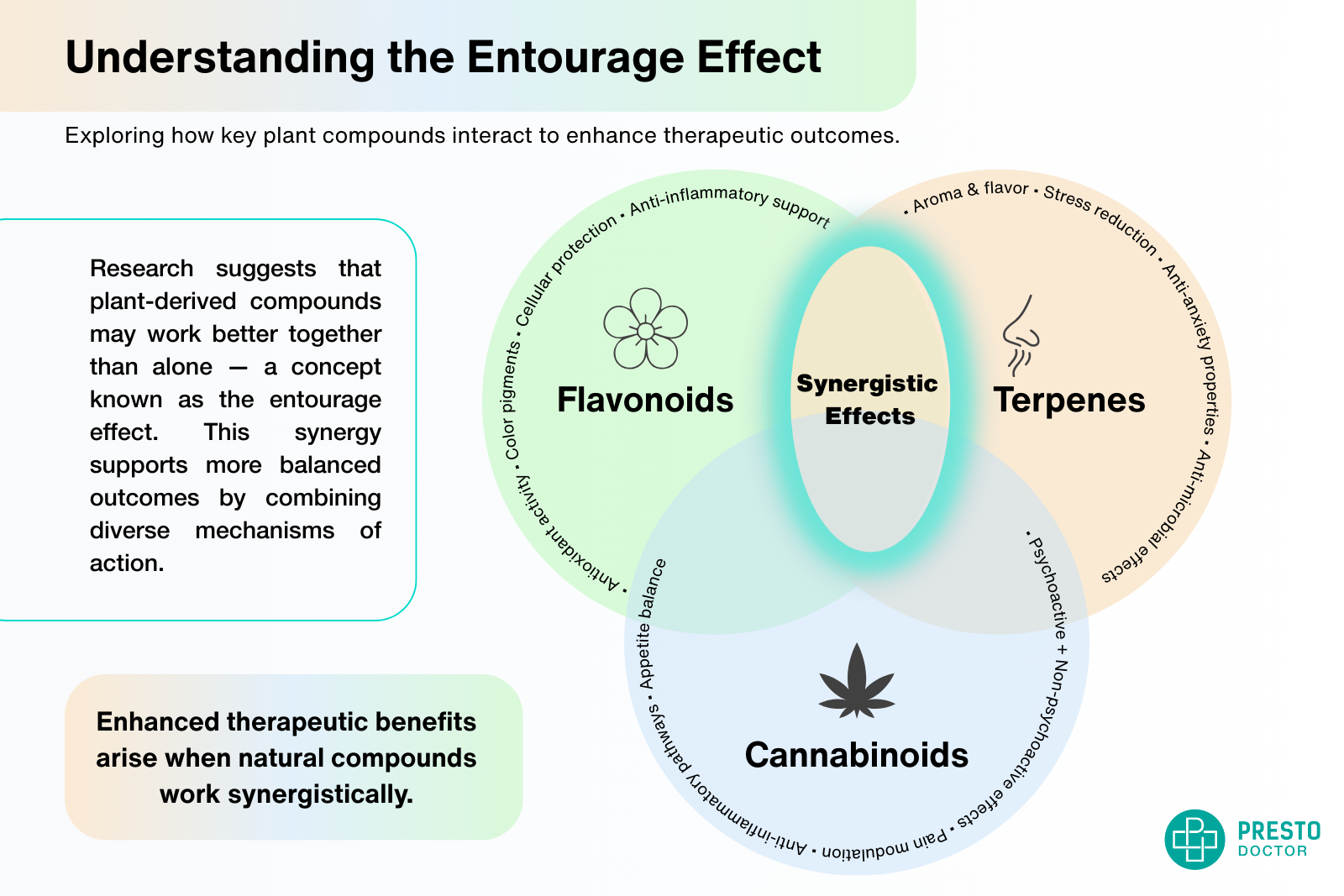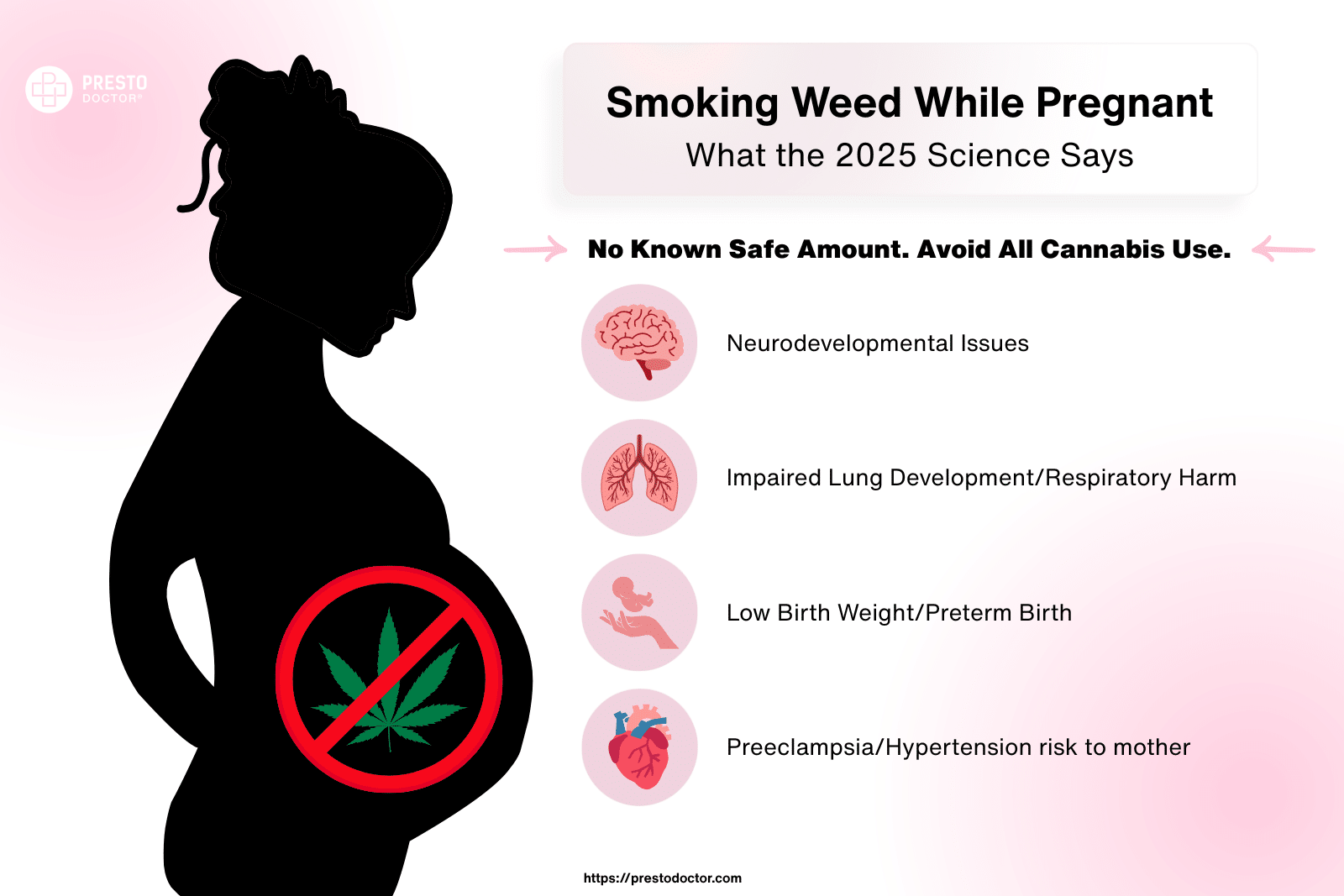
Synthetic marijuana, also known as synthetic cannabinoids, refers to lab-manufactured substances designed to mimic the effects of THC, the active compound in natural cannabis. Commonly sold under names like K2, Spice, and Black Mamba, these substances are often marketed as a legal alternative to marijuana. However, their unpredictable composition and potential dangers make understanding them crucial for public health and safety.
Understanding Synthetic Marijuana
What is Synthetic Marijuana?
Synthetic marijuana is a mixture of plant material sprayed with synthetic chemicals that mimic the psychoactive effects of THC. While it’s often for sale in appealing packaging, its effects can vary widely, and it’s far more dangerous than natural cannabis.
How is Synthetic Marijuana Made?
Synthetic cannabinoids are created in labs by modifying chemical compounds to activate the same receptors in the brain as THC. These chemicals are then sprayed onto dried plant material to create a consumable product. Due to the lack of regulation, potency and chemical consistency are often unpredictable.
Common Usage and Appeal
Synthetic marijuana is often desirable for its availability, low cost, and perceived legality. It’s typically for sale in convenience stores, gas stations, and online, making it accessible to individuals seeking a marijuana-like experience without using the actual plant.
What is Sprayed Marijuana?
The Connection Between Sprayed Marijuana and Synthetic Marijuana
Sprayed marijuana refers to plant material coated with synthetic cannabinoids. This process creates a product designed to replicate the effects of natural marijuana, though the outcome is far from identical.
Risks Associated with Sprayed Marijuana
The chemicals used in sprayed marijuana are often untested and unregulated. This results in inconsistent dosages, increasing the risk of severe side effects, toxicity, and even fatal overdoses. Additionally, contaminants and impurities further elevate health risks.
Difference Between Natural and Synthetic Cannabinoids
Natural Cannabinoids
Natural cannabinoids like THC and CBD are direct derivatives from the cannabis plant. These compounds are extensively studied and used for both recreational and medicinal purposes. Their effects have been the subject of much testing, and are generally considerably safer with responsible consumption.
Synthetic Cannabinoids
Synthetic cannabinoids are human-made chemicals that simulate the effects of THC. They bind more strongly to cannabinoid receptors in the brain, which can lead to unpredictable and sometimes dangerous effects.
Key Comparisons
Natural cannabinoids are present in cannabis. These natural cannabinoids are commonly for medicinal and recreational uses under regulated frameworks in many areas. In contrast, synthetic cannabinoids can often be accompanied by severe health risks, lack of regulation, and legal ambiguity.
Examples of Synthetic Cannabinoids
Popular Examples in the Market
Common synthetic cannabinoids include K2, Spice, AK-47, and Black Mamba. These products are widely available in some regions, though their use is often illegal.
Variability in Composition
Each batch of synthetic cannabinoids may have a different chemical composition, even under the same brand name. This inconsistency amplifies the risk for users.
Potentially Dangerous Substances
Some synthetic cannabinoids are laced with harmful additives or unknown chemicals, posing risks such as seizures, heart attacks, and psychosis.
Medical Marijuana vs. Synthetic Marijuana
Composition of Medical Marijuana
Medical marijuana contains natural cannabinoids like THC and CBD. Also, medical marijuana is natural and does not involve any post harvest additives. It goes through strict cultivation processes under strict regulations to ensure consistency and safety.
Synthetic Marijuana’s Role in Medicine
FDA-approved synthetic cannabinoids like Marinol (dronabinol) and Cesamet (nabilone) are used to treat nausea and appetite loss in certain medical conditions. These are not the same as unregulated synthetic cannabis products like K2 or Spice.
Key Differences in Applications
While medical marijuana and synthetic marijuana both target cannabinoid receptors in the brain, their applications and safety profiles differ significantly. Medical marijuana has undergone testing and regulations, whereas synthetic products have not. Synthetic products that have not undergone testing and regulation can carry significant health risks.
Risks and Dangers of Synthetic Marijuana
Side Effects of Synthetic Cannabinoids
Users of synthetic cannabis may experience severe side effects, including hallucinations, paranoia, rapid heart rate, vomiting, and also seizures. Long-term use can lead to addiction and psychological issues.
Real-Life Health Impact
The dangers of synthetic marijuana are evident in real-world incidents. For example, the District of Columbia recently reported a cluster of hospitalizations involving individuals who experienced severe disorientation and unconsciousness after using synthetic cannabis. These incidents underscore the unpredictable and also potentially fatal nature of these substances.
Legal and Regulatory Concerns
Many countries and states have outlawed synthetic cannabinoids due to their dangers. However, manufacturers frequently alter chemical formulas to evade legal restrictions.
Emergency Responses to Overdose
Overdoses on synthetic cannabis often require emergency medical intervention. Symptoms may include confusion, severe agitation, chest pain, and loss of consciousness.
The Role of Packaging and Marketing
Synthetic marijuana is often in colorful, eye-catching packaging that targets younger demographics. Popular designs include cartoon characters or psychedelic imagery to mimic the appeal of natural cannabis. However, these packages intentionally omit details about their ingredients or effects, often labeling the product as “not for human consumption” to evade regulation and liability.
Recognizing Synthetic Marijuana Use
Behavioral and Physical Signs
Signs of synthetic marijuana use include erratic behavior, excessive sweating, confusion, and red eyes. Additionally, physical symptoms may mimic those of severe drug intoxication.
Social and Psychological Impacts
Synthetic marijuana use can lead to isolation, loss of employment, and also strained relationships. Its addictive nature exacerbates these issues, creating long-term challenges for users and their families.
Alternatives and Safer Options
Natural Cannabis Options
In areas where marijuana is legal, regulated cannabis products offer a safer alternative to synthetic marijuana. These products undergo testing for potency and contaminants. Also, it is always better to smoke something that has undergone testing for safety and accuracy.
Non-Cannabinoid Herbal Remedies
For those seeking relaxation or stress relief, herbal remedies like chamomile, valerian root, or CBD products may be effective without the risks of synthetic substances. CBD is also a natural cannabinoid, but it does not have the “high” effect and is commonly a choice for many with chronic pain, insomnia, and overall health.
Importance of Education and Awareness
Educating individuals about the risks of synthetic marijuana and promoting safer alternatives can reduce its misuse. It is important to be sure of exactly what it is that you are considering consuming. Research, talking to a doctor, as well as careful consideration may help you decide what is best for your condition. Also, it is important to be sure of what you are buying. Be sure that what you are buying is accurate to what is on the label. Buying cannabinoids from a licensed medical marijuana dispensary will ensure you do not accidentally purchase synthetic marijuana, also known as K2 or spice.
Conclusion
Synthetic marijuana poses significant health and safety risks due to its unpredictable composition and severe side effects. Understanding the differences between natural and synthetic cannabinoids is essential for making informed choices. Opting for regulated cannabis products or safer alternatives can help individuals avoid the dangers associated with synthetic marijuana.
Communities can play an active role in combating the spread of synthetic marijuana by raising awareness about its dangers and reporting retailers who sell these illegal substances. Local authorities and organizations like the Department of Behavioral Health provide resources and helplines for those seeking assistance. By working together, we can reduce the prevalence of synthetic cannabinoids and their harmful effects.
FAQs
What is synthetic marijuana made of?
Synthetic marijuana, also known as K2 or spice, is made of dried plant material sprayed with lab-created chemicals designed to mimic THC.
Is synthetic marijuana legal anywhere?
While some countries have banned synthetic marijuana (K2 or spice), it may still be legally for sale in certain regions under modified formulations.
How does synthetic marijuana affect the brain?
It binds strongly to cannabinoid receptors, often leading to extreme and unpredictable effects.
Is synthetic marijuana detectable in drug tests?
Some synthetic cannabinoids are detectable with specialized drug tests, but also many evade standard screening methods. There are specific drug tests available for synthetic cannabinoids, also known as K2 or spice.
What should you do if someone overdoses on synthetic marijuana?
Seek immediate medical attention by calling emergency services. Symptoms may include seizures, unconsciousness, and severe agitation.






